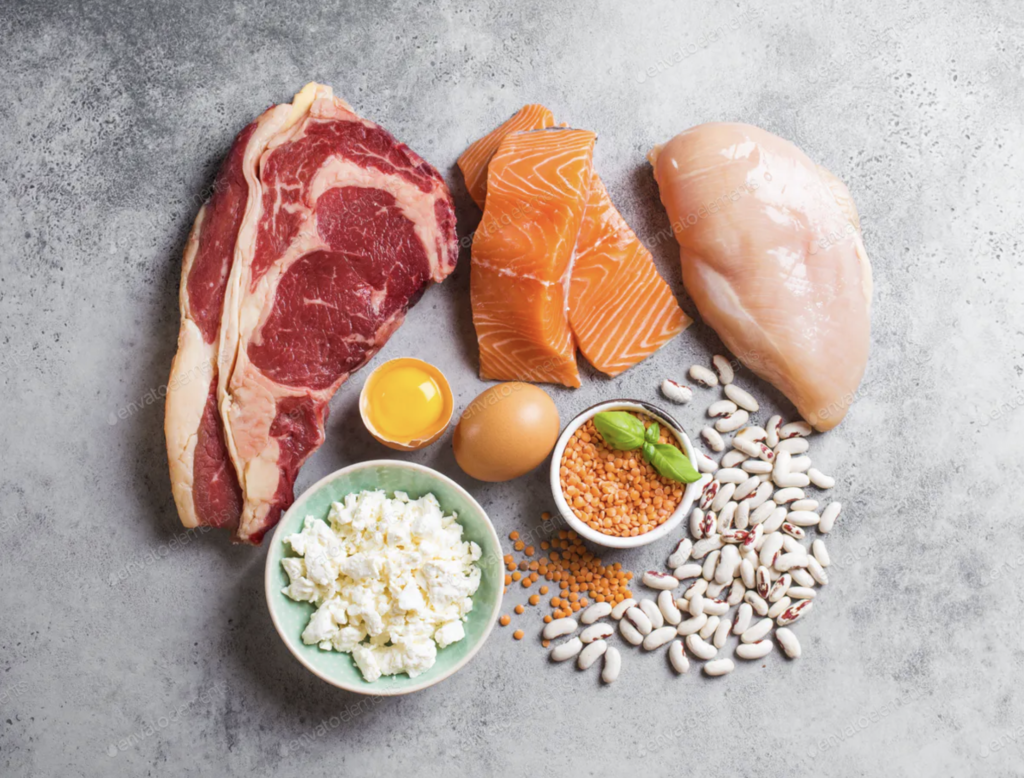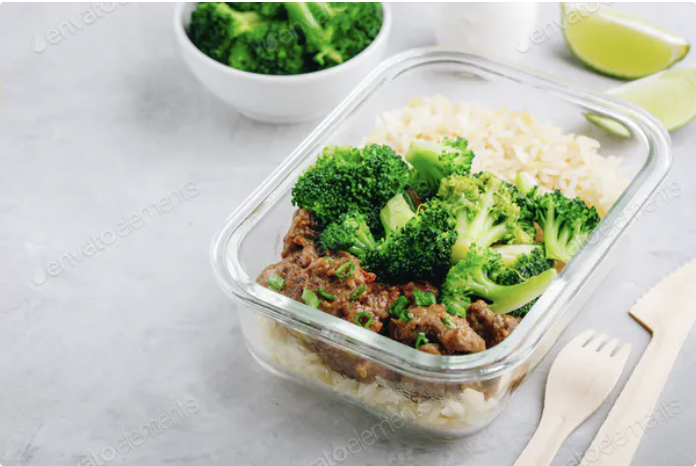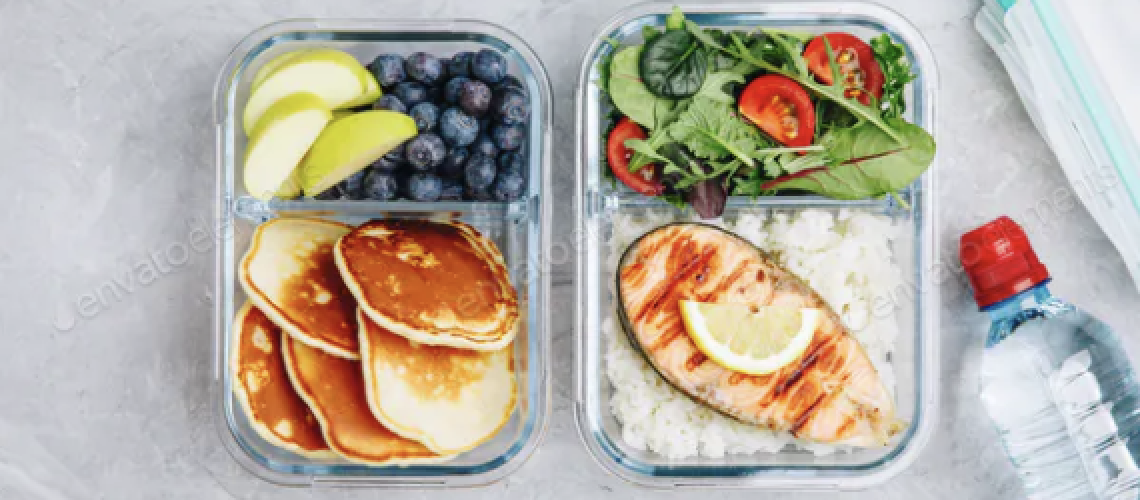When starting your journey to lose body fat and improve your body shape, setting up an effective, enjoyable and sustainable diet is going to be one of the most important things you are going to do. Ultimately, it is going to be the determining factor behind your progress and goals.
However, many people come from years of bad eating habits and do not know how to set out a meal plan that will not only get them to their fitness goals, but also change habits which they will then maintain for life. If you can stay consistent with your nutrition, you are well on the way towards amazing physical and mental changes for yourself.
But how do you do it? What are the key areas to focus on when designing a diet for fat loss? This article will break down some fundamental points that you need to consider when sorting out your nutrition.
Calorie Target
Firstly, you need to work out your maintenance calories (the number of calories you need to consume per day to stay the same weight, based on your daily activity). However, there are several factors that you must consider when you make this calculation. These include your body weight (lbs), amount of muscle tissue, your lifestyle (sedentary or active), your height, and psychology (are you stressed?).
To make a more accurate calculation, simply multiply your body weight in pounds (lbs) by 14-16. If you do not carry much muscle tissue, are shorter in height, and have a sedentary lifestyle, go for the lower end of this, which would be 14. If you carry a higher amount of muscle tissue, are much taller in height, and have a physically active lifestyle, go for the higher end (16). This is partly because lean muscle tissue requires a lot of energy (calories) to maintain, so consuming more calories than someone with less muscle tissue will be required.
Once you have your maintenance number, the next stage is to move into a moderate calorie deficit (where you burn more calories than you consume per day). This is through subtracting calories from your daily maintenance number. The deficit has to be moderate (400-500 calories) to keep your metabolism going, avoid the body eating into its own muscle tissue, and for the fat loss healthy and gradual, as well as maintaining energy for your workouts and daily tasks. This would then be your daily calorie intake to lose body fat.
If you struggle to track calories early on, try to focus on cleaning up your diet to include healthier, more nutritious options and then go for rough portion sizes for your meals. For protein, aim to go for a portion the size of your hand, for carbs the size should be around the same as your cupped hand, with fats it should be the size of your thumb, while vegetable portions should be the size of your fist. This will give you a good reading to go off in the early stages.
Increased Protein Intake

Prior to starting their fitness journey, many people under-consume when it comes to their protein intake. Protein is an important macronutrient that plays a crucial role in the process of muscle recovery and repair when you are looking to build more muscle or tone your body. It has ‘building blocks’ called amino acids that the body uses to build and repair muscles and bones, in addition to making hormones and enzymes. Protein is also essential for retaining the muscle you have already gained and can be used as an energy source.
So, your protein intake is the next most important thing to calculate after calories. It is recommended that, during the process of getting into and staying in shape, you have 0.8-1 gram of protein per pound (lbs) of body weight. For example, if your body weight is 160 pounds, you should be consuming 150-160g per day. Once you have this target, you then figure out how to reach it consistently on a day-to-day basis, using tactics such as having protein with every meal, dividing your meals up, and using supplements.
Importance of adding in Carbohydrates
Carbohydrates are key for several reasons. They are the main source of energy for your workouts and daily tasks, they play a role in muscle recovery, allow you to feel more satisfied, and in turn make your diet more sustainable, which is vital for progress. Great sources include white and brown rice, potatoes, oatmeal, pasta, quinoa, fruit, wholegrain bread and granola. Mix these into your meals and you will start to have an idea of what you like best.
Unfortunately, many people are scared of carbohydrates due to a fear that they ‘make you fat’. Eating too many carbohydrates does not cause weight gain or fat gain – consuming too many calories does. So, when going through a weight loss or fat loss phase, the calorie deficit is going to be the most important factor to you reaching your goal. However, carbohydrates are going to be key to making sure that you are productive and energised, so make sure you get them in throughout the day.
Structuring Your Meals

Once you have a better idea of what your meals should look like, the next issue people face is how to structure them throughout the day. The good news is that this can be entirely flexible and organised around your work schedule. For example, some people like to cook and prepare their food the day or night before and take it to work the next day, while others like to cook as they go and take snacks or light meals into work.
How you structure your meals will depend on your overall calorie requirements, everyday schedule and also your preference. So, you may have to experiment for a while until you find a good routine that works best for you. However, a rough guideline will be to start with 2-3 meals per day, with 2-3 healthy snacks that fit in line with your goals. Once you have this, you can then go for tasty, effective options, fit them into your calorie intake and go from there.
Adding in Foods You Enjoy
The last key point when it comes to designing your fat loss diet revolves around sustainability. In order for you to stick to your diet over a long period of time, it has to be enjoyable, tasty and effective. If you are on an ultra-restrictive diet that includes foods you don’t like eating, it will only be a matter of time before you go off track and start binging on ‘junk food’.
So, it is very important to find a balance between good, healthy, nutritious foods and also ones that you find tasty and enjoyable to eat. Again, this may mean that you have to experiment for a while, but a good coach will give you an idea of the type of meals and snacks you should be consuming and you will then know what foods work best for you and your routine. This is absolutely pivotal when it comes to sticking to your diet, long-term.
Summary
Designing your fat loss diet can be confusing and overwhelming at first, but once you have a better idea of what to consume, things become much easier as you get into a routine. Make sure you base your meals around your source of protein, you include carbohydrates with plenty of vegetables alongside, you are structuring your meals into two to three per day alongside snacks and are adding in foods that you enjoy and that are in line with your goals.
These are the fundamental points to stick to when designing your fat loss diet.
Photo Credit: Getty Images


